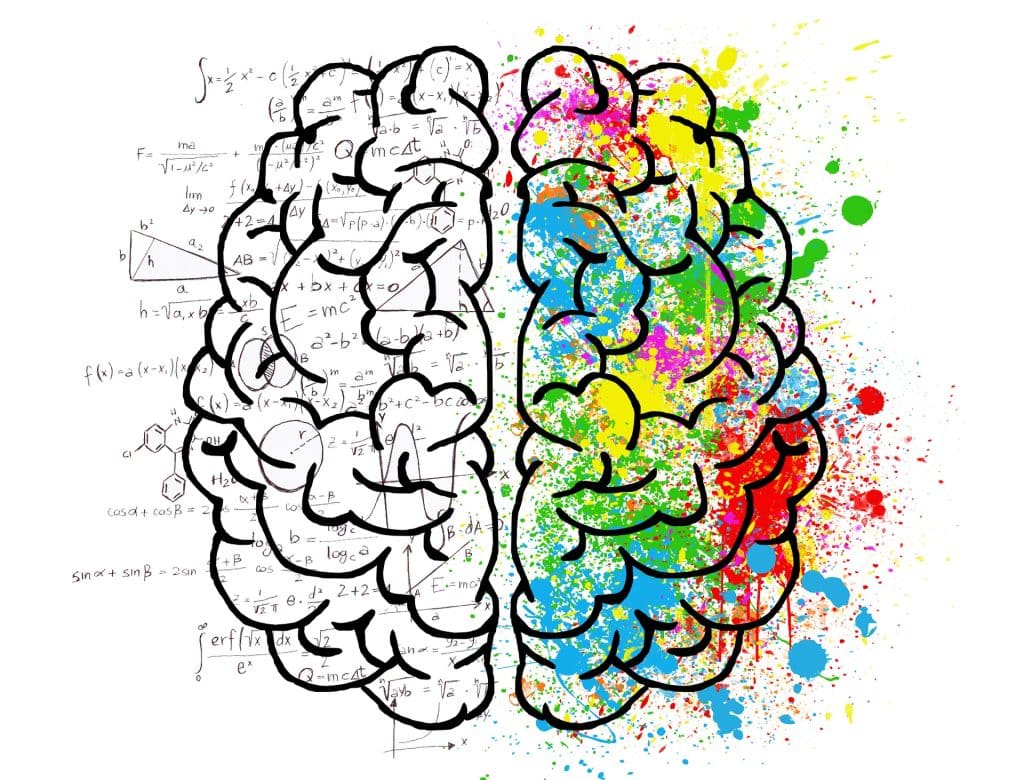Integrated STEM education is an effort to combine the four disciplines of science, technology, engineering, and mathematics into one class, unit, or lesson that is based on connections among these disciplines and real-world problems. More specifically, STEM integration refers to students participating in engineering design as a means to develop relevant technologies that require meaningful learning through integration and application of mathematics and/or science.
– Moore, T. J., & Smith, K. A. (2014). Advancing the State of the Art of STEM Integration. Journal Of STEM Education: Innovations & Research, 15(1), 5.
Arts: An Interesting Mix for STEM
Have you ever heard or thought of how science and arts could go hand in hand? An amalgamation of design, creativity, science, and mathematics? We’ve talked about STEM; now let’s talk about the realms that give STEM a ground to expand. Let’s talk about how much capacity STEM has for art and productivity; let’s talk about STEAM. Yes, you heard it right. The ‘A’ here stands for Arts.
You know how sometimes while cooking, your mother alters some details about a particular dish that you really like and the alteration makes the dish even more delicious? That’s what STEAM is for a lot of teachers and technology enthusiasts.
The journey from STEM to STEAM is not quite as long as one might think. Art is in every corner if one chooses to see it. So why not an advanced learning technique like STEM? People share art all over the world on the web and the web is a technology. Down to the bone, as some say, it’s an idea. Ideas stem from the mind; and so does art.
The arts in STEAM represents language, arts, drama, visual design, music, dance, and media. Theoretically, there is a very clear distinction between STEM and STEAM. One focuses on teaching scientific concepts through, and the other focuses on doing the same by using inquiry and problem-based learning methods applied during the creative process. However, practically, we see as much art in STEM as we do in our individual lives. Hence, STEAM has never really been a separate entity.
STEAM: Movement with a Mission
STEAM is a well-established movement by Rhode Island School of Design (RISD) and has been since been endorsed by various institutions, corporations, and individuals.
While reviewing STEAM, The Conversation states in their blog that the objectives of the STEAM movement are to place and integrate Art and Design at the centre of STEM, along with the objective to encourage employers to hire artists and designers to shape the innovation with which technology works.
University of Florida built an infographic so as to identify the role of arts in education. They established that students that studied the arts for four years in high school scored 98 points higher on the SATs than the students that only studied arts for a year or lesser than that. They also state that students that studied music appreciation scored 61 points higher on the verbal section and 42 points higher on the math section. You can find the report here.
This infographic was illustrated by Edudemic in July 2014. It also includes examples of important personalities like Steve Jobs, Albert Einstein, and Marissa Mayer.
STEAM: Nothing More Than a Label
We live in a world that is used to labels, and STEAM, to a certain extent is also a label. How? Well, because, STEM enthusiasts already support the contribution of Arts in STEM education. And if we look at the core of it, we will realize that the involvement of arts in STEM is pretty much inevitable. However, STEM or STEAM, the most consistent thing while establishing or applying a teaching technique is to look for creative solutions to solve real-world problems with the help of science and mathematics.
Hence, we can be certain that there’s no need to make STEM and STEAM part of a heated match. In theory, sure, but the practical applications of STEM and STEAM are the same. Regardless, there are people who are concerned about the addition of A in STEM. A lot of enthusiasts say that it shakes the vision of STEM; even though that’s not really the case. The arts matter and there’s no reason as to why they shouldn’t be applied to an education technique that guarantees the growth of the world. So, A or no A, we have to recognize that STEM, in a lot of ways, is well versed with the Arts.
In a Nutshell
Design, creativity, writing, reading, media; these are all parts of arts. They all sprout conversations and work toward the understanding we have of our history. Hence, they are an important component of growth. And STEM gives arts and artists a comfortable space to reach the heights they are capable of and beyond. The STEM education curriculum shows a vast scope for productivity when it comes to course revision and we can’t wait for the indulgence of arts to keep growing.










